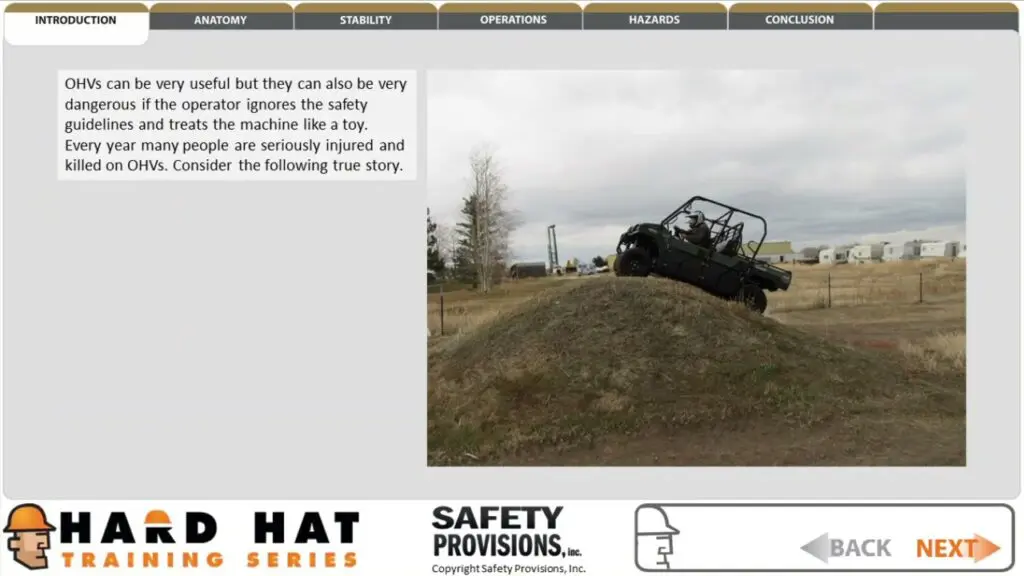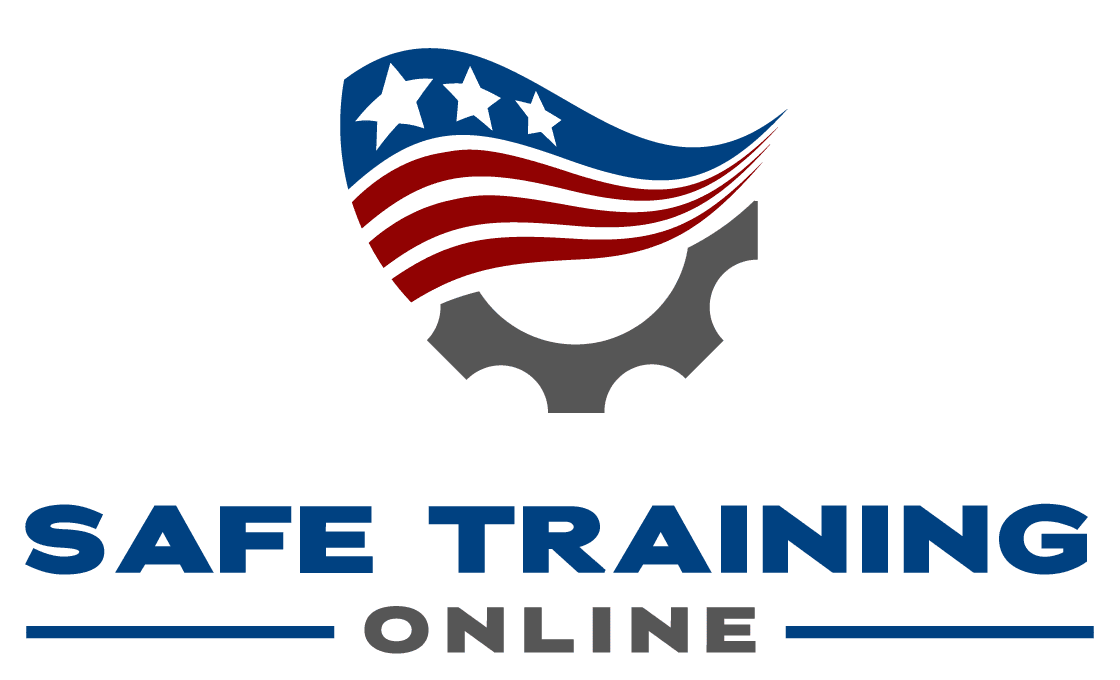ATV/UTV Training
ATV/UTV Training
In this article, we’ll cover the benefits of riding ATVs and UTV’s as well as the importance of training. We’ll also go over the top three reasons why you should train regularly.
We’ll walk you through the basics of training and provide tips on where to get started.
There are plenty of benefits to ATV/UTV training, including increased safety, improved performance, and enhanced job satisfaction.
Some employers prefer candidates who have completed ATV/UTV courses, so it’s always worth checking out the options available to you.
Key Benefits To Consider With Training
Potential Dangers Of ATV/UTV’s
There are several potential dangers associated with riding an ATV or UTV. Here are just a few:
• Riding an ATV or UTV without proper training increases your risk of injury or death.
• You may damage someone else’s personal property or cause them bodily harm.
• You may injure yourself or others due to poor judgment.
• You may become distracted and lose control of the vehicle.
• You may fall off the vehicle and suffer serious injury or death.
Why Safety Training Is Essential
Safety trainingis essential for anyone who operates an ATV or UTV. You never know what might happen, so it’s important to prepare yourself for any situation.
Manufacturers recommend that beginners complete a safety training program before operating an ATV. Beginners should also complete a safety training program prior to operating a UTV.

Beginners should also complete a basic safety training program before operating a UTV. There are several online courses available that teach you how to safely operate an ATV or UVR. These programs cover topics such as safe operation, emergency procedures, and maintenance.
In addition to completing a safety training program, you should also familiarize yourself with the manufacturer’s recommendations. Some manufacturers require that you complete additional training after you’ve operated the vehicle for a certain number of hours. Others may require that you pass a test before you can operate the vehicle.
Regardless of whether you decide to purchase a new ATV or UAV, or if you already own one, you should consider getting trained. You never know what could happen, so it’s better to be prepared than sorry.
Learn What You Need To Know
Some manufacturer ATV/UTV training videos explains why the cab frame isn’t designed to protect against rollovers. It also shows how you can still enjoy riding off road vehicles without worrying about being injured if you’re wearing your seat belt.
Manufacturers warn operators to always ride safely and wear their seatbelts for maximum protection. But they also say that the cab frame won’t protect you during a rollover. Why? Rollovers happen too quickly for anyone inside the cab frame to stay safe. And the forces created by a rollover are too strong to hold onto anything within the cabin.
Quick Learning Curve
All types of ATVs and UTVs are great for getting around town and doing chores around the house. But if you want to explore the great outdoors, then you may want to consider getting trained in how to operate an ATV or UTV safely.
A qualified instructor can significantly reduce your learning curve. A certified ATV or UTV safety trainer helps the untaught operator clearly see what is obvious or apparent and yet so essential to avoid incidents and accidents. After your basic ATVs or UTV training, it’s important to practice the new skills and receive feedback from a skilled observer. This should be an integrated part of your training because your brain requires hands-on practice designed for integrating new knowledge and skills.
After your basic ATV or UTV training, you’ll need to practice the new skill sets you’re developing and gain feedback from an experienced observer. You’ll also need to practice driving your ATV or UTV in various conditions to develop confidence in your ability to handle any situation.
So after your basic ATV or utility training, you’ll need someone to observe you and give you feedback. And don’t forget to practice driving your ATVs or UTVs in various conditions to develop your confidence in handling any situation.
Gain Confidence
As you gain confidence in your riding ability, you’ll be able to handle more challenging situations. You’ll be able to ride faster, farther, and longer. And you’ll be safer doing it.
Start out slowly. Don’t try to jump right into a situation that’s beyond your abilities. Instead, start off with simple tasks, such as learning how to turn left and right. Gradually build up to more difficult maneuvers. As you progress, you’ll find yourself handling more and more situations.
Your goal is to ride safely, so avoid being injured because you are overly confident. Always select a safe place to practice, whether or not there is someone watching you and providing feedback.
Motor skill development takes time, so don’t expect to master your new physical skill overnight. But if you keep working hard, you’ll eventually reach the point where you feel comfortable enough to tackle more advanced challenges.
Whether you’re looking to buy an ATV or UTV, you need to learn how to ride safely. This article has covered several tips and tricks that will help you become a safe rider. Whether you’re riding off road or on pavement, you’ll benefit greatly by following these guidelines.
Click here for an online ATV/UTV Training course.
Click here for OSHA requirements for ATV and UTV operators.
Contact
"*" indicates required fields
